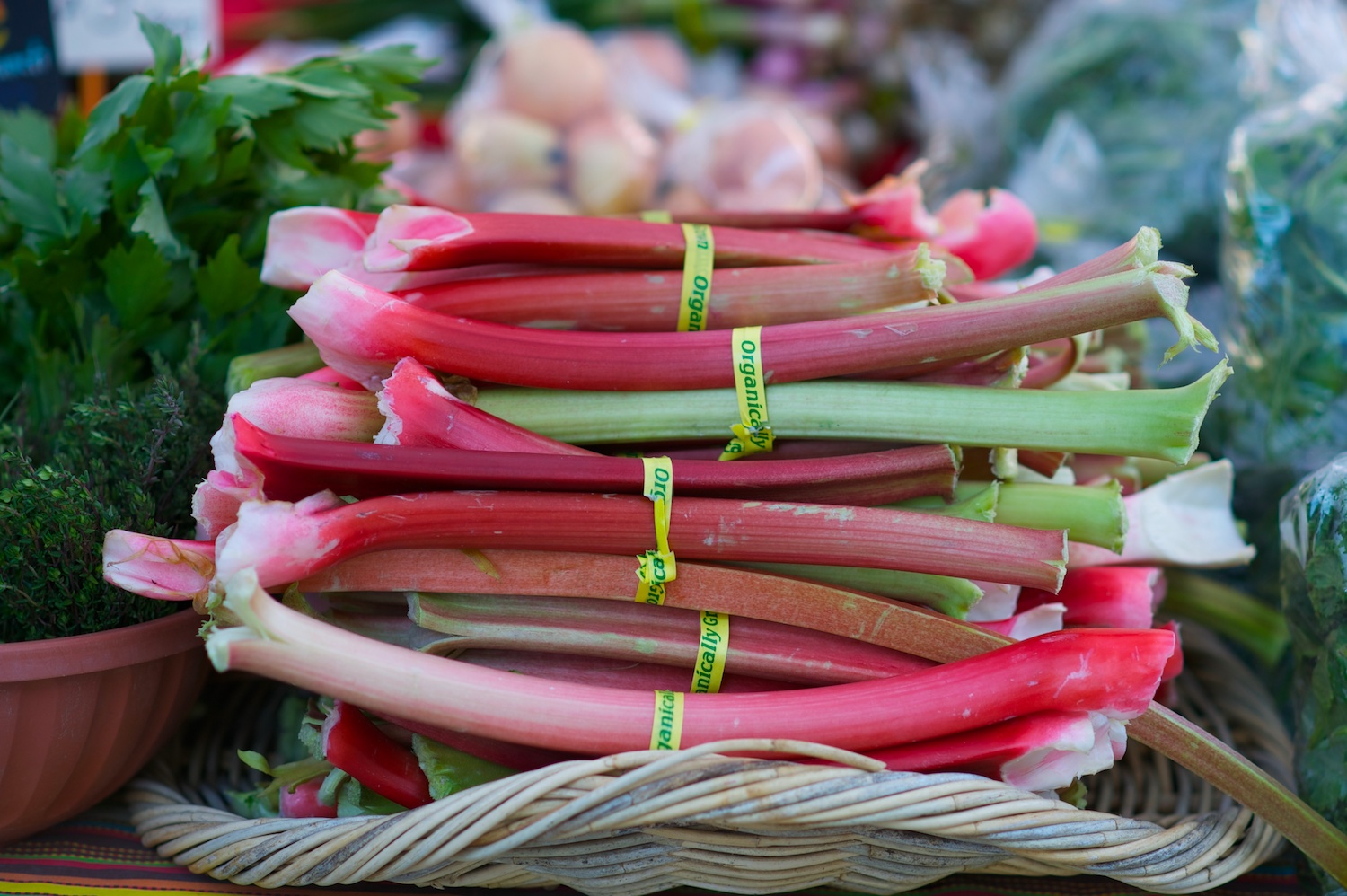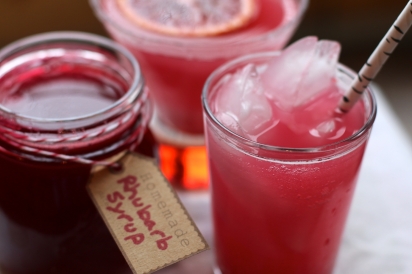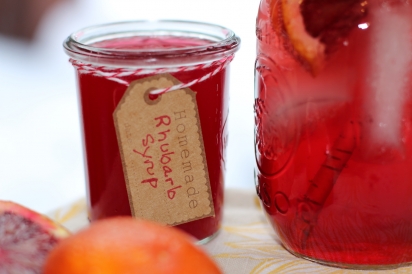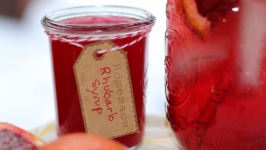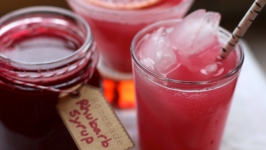Rhubarb: A First Sip of Spring
Long before the first bluebird sighting, the first local asparagus, or the first of the wild morels to quietly materialize along the Snake River, we have rhubarb.
Here at the base of the Tetons, rhubarb is the first sign of spring. It makes its appearance in late April when the winter storms are still rolling through. By mid-May, the sour, blushing stalks are tall enough to harvest even though the garden is still covered in snow.
Growing up, there was always a rhubarb plant growing wildly in the field out back. As kids, we must have learned that the leaves are poisonous; we’d tear the stalks from the ground and yield them, leafy-end first, like swords.
Rhubarb shenanigans aside, year after year I paid no attention to the stubborn perennial growing just outside my kitchen door in Wyoming. I didn’t love its stringy texture and strong flavor. Rhubarb joins buckwheat and sorrel in the Knotweed family—edibles with strong personalities that can be difficult to tame in the kitchen.
It took a rhubarb jam experiment gone wrong for me to discover that rhubarb had applications beyond dessert.
The jam had failed to set and the limpid stalks sat in a pool of thin juice. But that cheery-looking liquid gave me an idea. I poured the toothin jam over a fine mesh sieve and discarded the spent rhubarb. The rhubarb juice was the color of a dewdrop on a cherry—an impossible shade of red. It tasted pleasantly tart. I sweetened it up with the juice of an orange, and—it being late in the afternoon—splashed in a good dose of tequila. Rhubarb cocktail season was born.
Now I’ve become quite a fan of the stuff, checking the garden right after spring break for the startling sight of my rhubarb plant pushing its balled fist of leaves up through the frozen ground.
Once the stalks are knee-high, I cut them above the root and chop off the toxic leaves, scattering them in the garden to ward off pests.
In the kitchen, I cut the stalks into pieces small enough to fit in my cast-iron pot, mixed with a generous amount of sugar, and slowly simmered into a syrupy compote. The result: four cups of pure rhubarb essence.
The color of rhubarb syrup—scarlet tinged with orange—is intoxicating enough on its own to brighten up the dreariest spring day. But the syrup’s bracing acidity and intense flowery aroma make it the perfect medium for a great cocktail.
Since I’m a tequila girl, the Rhubarb Margarita is my obvious choice for celebrating the first garden harvest. Served in a glass rimmed with sugar instead of salt, the Rhubarb Margarita hits all the right notes, from puckeringly tart to pleasantly sweet. To take the drinkable rhubarb in a fizzy direction, simply mix with Prosecco for a beautiful, pink sparkling cocktail.
Although I love my rhubarb cocktails, I mostly drink up rhubarb season in the form of a simple, nonalcoholic soft drink: rhubarb syrup, sparkling water and a squeeze of orange. Rhubarb has a long history as a medicinal plant, its roots treasured for thousands of years in China for its purgative powers—making it the perfect spring tonic.
Don’t get me wrong—just because I am pulling food from the ground I am not fooled into thinking that spring has arrived with the rhubarb. Just like hauling my bike out on that first warmish day the roads are clear of snow does not mean that biking season has begun. It’s just a taste.
By the time spring actually arrives—in June—my rhubarb plant has grown tall, bullied all the plants around it and flopped over into a heap. Next year, impeccably on time, it will again resurface to bring back the promise of spring in those last winter months when I need it the most.


